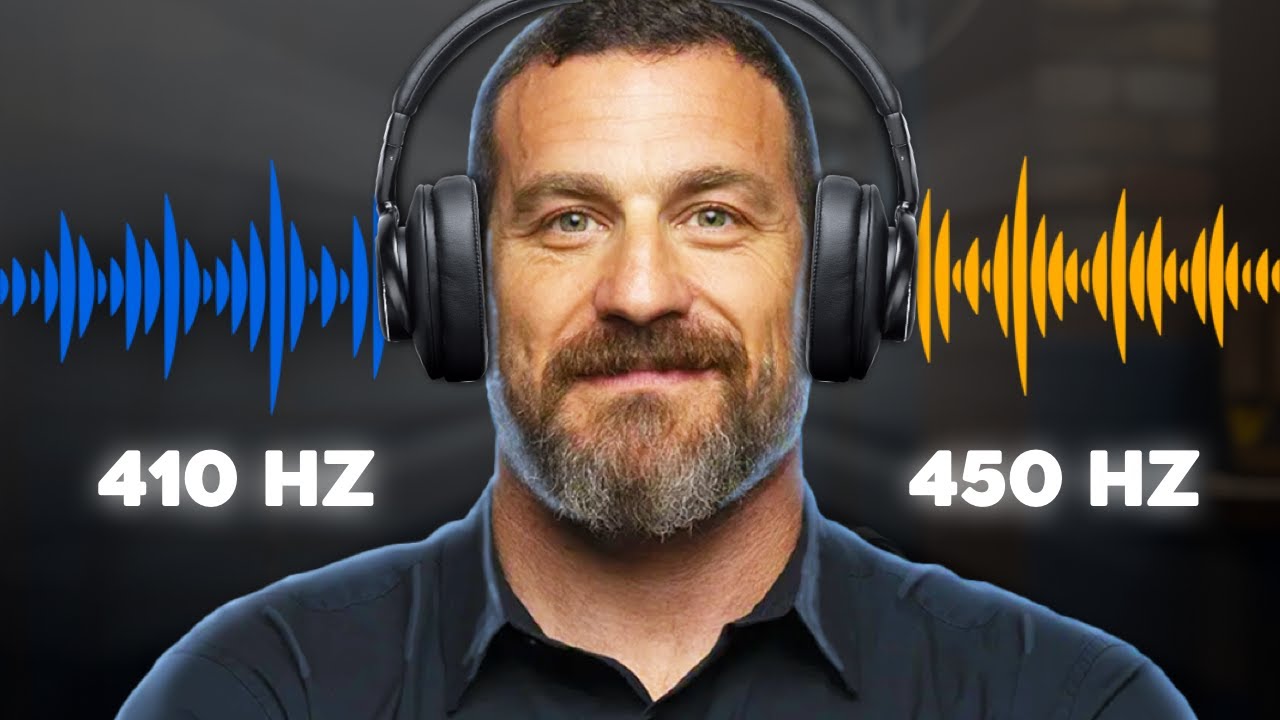Finding a sustainable, science-backed workout routine that enhances strength, endurance, posture, and confidence—without spending endless hours in the gym—is entirely possible. With over two decades of experience in nutritional science and sports performance coaching, I’ve found that a well-structured weekly training program can radically improve not only physical fitness, but also mental resilience, energy levels, and even posture. Here’s a breakdown of an efficient, adaptable weekly routine that prioritizes long-term health, strength, and vitality.

Sunday: Outdoor Endurance & Mindset Reset
Kicking off the week with a long, low-intensity endurance session sets a powerful physical and psychological tone. This isn’t about speed—it’s about movement and longevity. Whether you’re hiking solo with an 8–10 lb weighted vest or joining friends for a multi-hour trek carrying a backpack loaded with essentials (and hydration), the goal is to challenge cardiovascular endurance gently and progressively.
Start with a slow jog or hike lasting between 75 and 90 minutes. Ideally, breathe through your nose and stay present—listen to an audiobook, podcast, or simply immerse yourself in nature. These sessions are as restorative for the mind as they are beneficial for aerobic conditioning, improving recovery, and enhancing your body’s ability to handle prolonged work or stress throughout the week.
Expert Tip: Walking on inclined trails and hills improves posterior chain strength while being joint-friendly—great for fat-burning and supporting healthy blood pressure.

Monday: Leg Power & Foundational Strength
Leg training is essential for building total-body strength and improving mobility, metabolism, and longevity. Lower body workouts stimulate large muscle groups, which in turn support hormone regulation, posture, and balance.
Begin with a warm-up focused on tibialis anterior raises—an often-neglected muscle critical for ankle stability and knee health. Progress into working sets that target strength and hypertrophy in key areas:
- Tib raises: 3 sets of 6–10 reps
- Calf raises (sled or standing): 2–4 sets, 5–10 reps
- Leg curls: 2 warm-up sets + 2–4 working sets
- Leg extensions: 2–3 sets to isolate quads
- Half squats: Finish with 2–3 controlled sets
Keep rest periods around 2–3 minutes between heavy sets. Training in the 5–10 rep range encourages both strength and hypertrophy, especially when done with intensity and intention.
Nutrition Advice: Post-leg day meals should include lean protein (chicken, eggs, or tofu) and complex carbohydrates (quinoa, sweet potatoes) to support muscle repair and glycogen replenishment.

Tuesday: Heat, Cold & Recovery Optimization
Rather than traditional “rest,” Tuesdays are dedicated to recovery-enhancing protocols like heat and cold exposure. This day targets hormone optimization, mood enhancement, and physical resilience.
Avoid cold immersion immediately after hypertrophy training (especially within 6 hours) as it can blunt muscle adaptation. Instead, treat heat and cold as stand-alone recovery tools. A recommended protocol:
- Sauna: 20 minutes (very hot)
- Cold plunge: 3–5 minutes (up to the neck)
- Repeat cycle 3 times
These cycles stimulate growth hormone, improve metabolic rate, and reduce systemic inflammation. Additionally, alternating heat and cold exposure boosts mental toughness and helps regulate circadian rhythms.
Pro Tip: Hydrate with electrolytes post-sauna to support blood volume and prevent fatigue.
Wednesday: Moderate Cardio or Upper Body (Torso) Strength
Midweek is flexible. If legs still feel sore, shift focus to upper body strength. If not, opt for a 25–30-minute moderate-intensity run or bike ride. This is a great time to push aerobic performance at a steady pace.
Torso strength day targets pushing and pulling movements with a focus on shoulders, chest, and back. Key exercises include:
- Overhead presses: 2–4 sets after a warm-up
- Dips or ring dips: Great for triceps and shoulder stability
- Chin-ups: 3–4 sets with slow eccentric control
- Neck training: Crucial for spinal integrity and posture—perform lying head raises with a towel-wrapped weight plate

This workout strengthens posture, stabilizes the spine, and helps balance aesthetics and function. Training the neck not only enhances physical structure but can improve confidence and body language.
Expert Insight: A strong neck and shoulders reduce injury risk in contact sports and improve your ability to stay upright during long workdays.
Thursday: Active Flex Day
Thursday can mirror Wednesday depending on your needs. If you skipped torso work, today’s the day. Otherwise, it’s another chance to get in a light cardio session—cycling, rowing, or even an incline treadmill walk.
Flexibility is key here—adjust based on travel, schedule, or energy. The goal is consistency, not perfection.
Meal Tip: A nutrient-dense smoothie with greens, banana, whey protein, and flaxseed offers quick recovery and supports joint health.
Friday: Sprint Intervals & Explosiveness
Friday is for intensity—but not duration. This session is all about boosting VO2 max, fast-twitch muscle recruitment, and cardiovascular power.
A favorite method:
- Assault bike sprints: 20 seconds on / 10 seconds rest for 6–8 rounds
- Jump squats with resistance band or broad jumps: 3–4 sets
This short, high-intensity session primes your nervous system and enhances muscular explosiveness. These types of workouts are closely associated with physical longevity and better metabolic function.
Tip: Use a heart rate monitor to ensure you’re reaching 90–95% of your max effort during sprints.
Saturday: Accessory Muscle & Balance Work
This is your “finisher” day—perfect for targeting smaller, often neglected muscle groups. It’s also a good time for a light tib and calf session to prep for Sunday’s endurance workout.
Typical Saturday training includes:
- Biceps/triceps isolation
- Rear delts
- Lighter tib and calf raises
- 2–4 sets per movement
With long arms and a short torso, balancing muscle groups ensures proportion and prevents overtraining dominant areas. This session ties the week together and can be wrapped in about an hour.
Suggestion: Focus on time under tension for smaller muscle groups. Use slow eccentrics to stimulate growth without heavy weights.

Final Thoughts: A Routine That Builds Resilience
Across the week, this fitness plan blends endurance, power, recovery, and mental clarity. It’s not excessive—it’s strategic. You’re leveraging foundational movement, heat and cold therapy, sprint conditioning, and strength training to build a body that is strong, balanced, and built to last.
Each day is intentional. Every session has a goal—from promoting lean muscle mass and joint health to sharpening focus and stamina. This is a routine that respects recovery, optimizes adaptation, and encourages consistency over volume.
Ready to take the next step? Explore other expert-crafted routines, or consult with a qualified fitness and nutrition professional to personalize your plan. Your body—and mind—will thank you for it.



